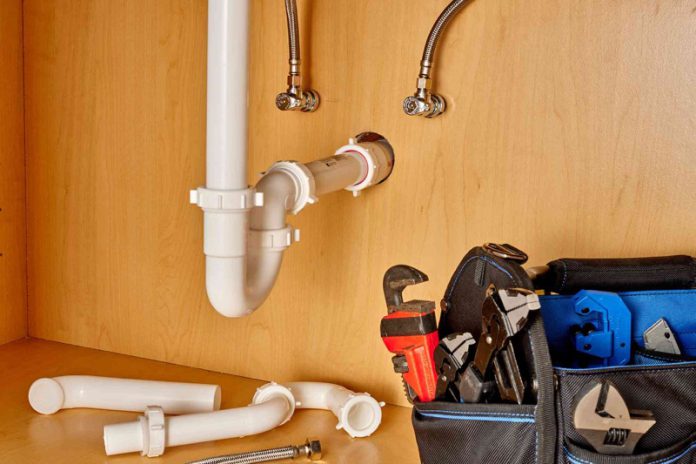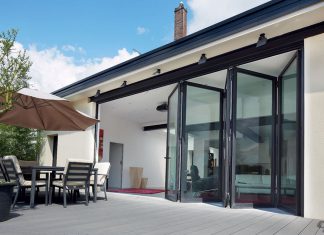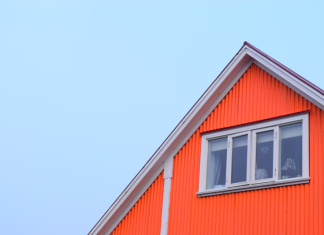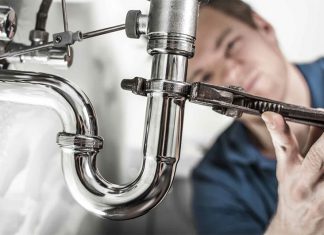Do you wish you were more skilled at plunging repair? Do you call a professional at the first sign of a drip or leak?
You can easily learn how to deal with leaky faucets, and clogged drains without too much effort.
There are some problems that you need to call a professional. If your sewer is backed up, and you live in New South Wales, there are lots of good plumber in Ryde.
Leaky Faucet
You can fix most dripping faucets yourself. There are some tools and equipment you will need. Many of them can be used for other repairs and home maintenance projects.
There are many different types of faucets, and each repair is a little different. There are videos on YouTube for each type of faucet. Find one that matches your faucet type and watch it. They all involve disassembling the faucet and putting in replacement parts.
The hardest part might be finding replacement parts. To make this easier, put the defective parts in a plastic bag, and take them with you to the hardware store. That way the staff can see what you need and make sure you get it.
- Shut off the water, before disassembling the faucet.
- Pay attention to the order you remove parts. You can use a digital camera to take photos or video of the sequence.
- Replace worn out or defective parts. For some faucets, it’s a cartridge, for others, it’s springs or rubber washers.
- Clean and remove any scale deposits you find inside the faucet.
- Clean out any clogs with a penknife. You can also use vinegar to dissolve any mineral deposits.
- Flush out any debris, by turning on the water briefly, before putting everything back together
- Turn the water on slowly and check for any possible leaks.
Clogged Drain
Drains get clogged or backed up for any number of reasons. Grease or food waste build up in your kitchen sink, or hair and soap scum in your bathroom drains can cause them to stop flowing.
Plunger – Make sure there is standing water in the sink, then cover the drain completely with your plunger. Once you have a seal, pump the plunger several times. See if the water is draining.
Baking Soda and boiling water – Combine baking soda and vinegar to create a chemical-free drain cleaner. Combine a cup of baking soda and a cup of vinegar, and pour it down the drain. After about 10 minutes, pour boiling water into the drain
If these simple remedies don’t work, you should call a licensed and bonded plumber.
The trick to all DIY repairs is deciding to do them. Once you have made the decision, the rest of the process is straightforward. Watch a couple of YouTube videos, acquire the necessary tools, and then slowly and carefully follow directions. You might find something is not the same as your instruction video, but just stop and look, and most of the time you will be able to figure out what to do.















